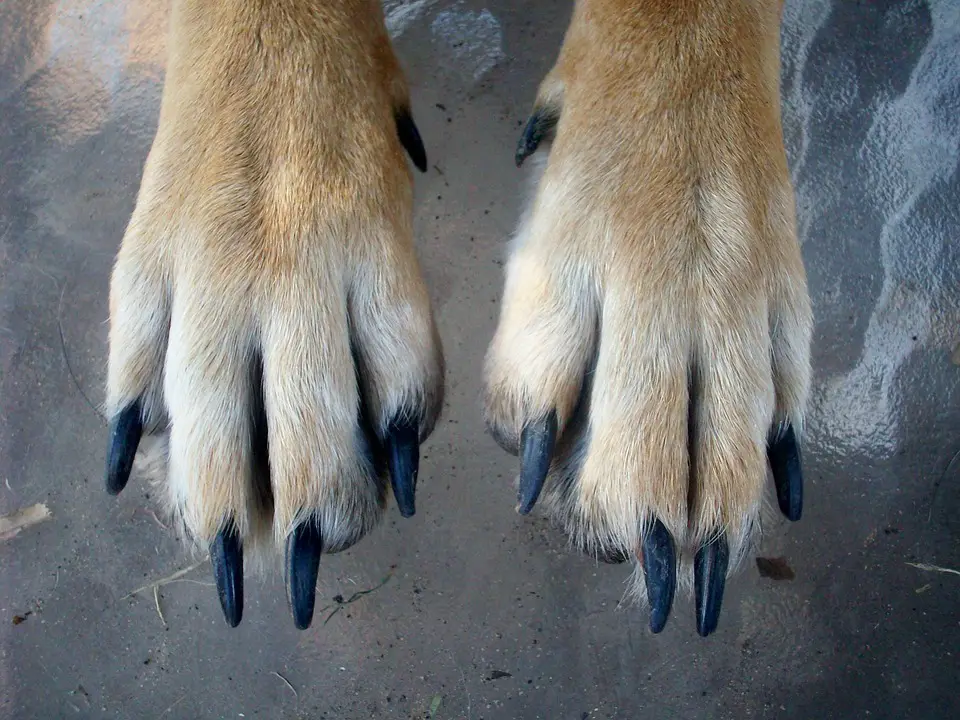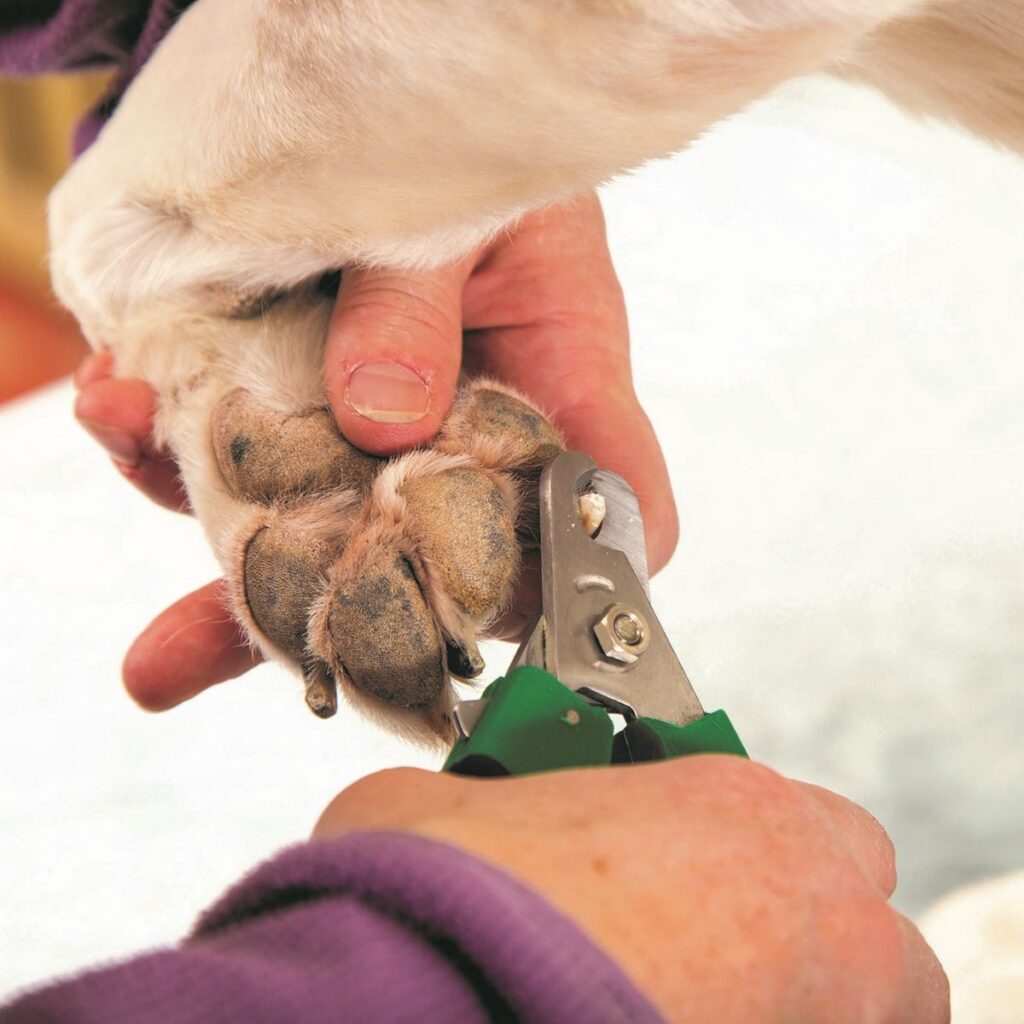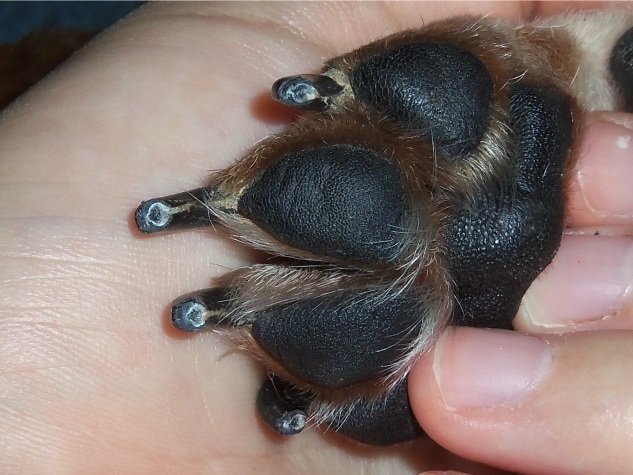
Keeping your dog's nails in good condition is an essential part of their overall health and well-being. Proper nail care not only prevents discomfort and pain but also ensures that your furry friend can move around comfortably. In this article, we will discuss various aspects of dog nail care, including trimming techniques, common nail problems, and tips for maintaining healthy nails.
Why is Dog Nail Care Important?

Dog nail care is crucial for several reasons. First and foremost, long and overgrown nails can be painful for your dog. They can cause discomfort while walking or running, leading to an altered gait and potential joint issues. Additionally, long nails are more prone to breakage, which can be not only painful but also increase the risk of infection.
Furthermore, neglected dog nails can grow into the paw pads, causing extreme pain and potential infections. Regular nail trimming helps prevent this painful condition known as ingrown nails.
How to Trim Your Dog's Nails?

When it comes to trimming your dog's nails, it is essential to use proper techniques and tools. If you are not comfortable doing it yourself, you can always seek professional help from a veterinarian or a professional dog groomer.
To trim your dog's nails at home, you will need a pair of dog nail clippers or a nail grinder specifically designed for dogs. Start by getting your dog comfortable with the idea of nail trimming. Gradually introduce them to the clippers or grinder, rewarding them with treats and praise.
Once your dog is comfortable, gently hold their paw and examine the nails. Identify the quick, which is the pink area inside the nail that contains blood vessels. It is crucial not to cut into the quick, as it can cause bleeding and pain. Trim a small portion of the nail at a time, gradually working your way back. If you accidentally cut into the quick, apply styptic powder or cornstarch to stop the bleeding.
Common Dog Nail Problems

While regular nail trimming and care can prevent many problems, dogs can still experience certain nail issues. One common problem is cracked or broken nails. This can occur due to trauma, excessive scratching, or brittle nails. If your dog has a cracked nail, it is important to seek veterinary attention to prevent infection and provide appropriate treatment.
Another common problem is overgrown nails. Some dogs naturally wear down their nails through regular exercise, while others may require more frequent trimming. Overgrown nails can become curved, making it difficult for your dog to walk properly. Regular trimming can prevent these issues and keep your dog's nails at an appropriate length.
Tips for Maintaining Healthy Dog Nails

In addition to regular nail trimming, there are a few tips you can follow to maintain your dog's nails in optimal condition:
1. Provide your dog with regular exercise on hard surfaces like concrete, as it helps naturally wear down the nails.
2. Check your dog's nails regularly for any signs of cracking, brittleness, or overgrowth.
3. Maintain a healthy diet for your dog, as proper nutrition contributes to overall nail health.
4. Use appropriate nail trimming tools and techniques to avoid injury.
5. If you are unsure about trimming your dog's nails, seek professional help.
By following these tips and regularly monitoring your dog's nails, you can ensure that they have healthy, pain-free paws.